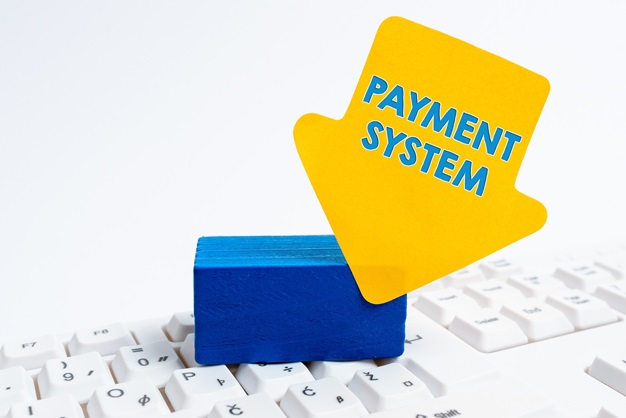How to change your router’s Wi-Fi Password?

|
Getting your Trinity Audio player ready...
|
Changing your Wi-Fi password is a crucial step in securing your internet connection and protecting your digital information. Here’s a comprehensive guide to help you through the process and a video from NordVPN.
Accessing your router’s configuration page
- Connect to Your Router: Use a web browser on a computer connected to your network. If you’re unable to connect via Wi-Fi due to a forgotten password, use an Ethernet cable to directly connect your computer to the router.
- Find Your Router’s IP Address: Common router addresses include 192.168.1.1, 192.168.0.1, 192.168.2.1, or for Apple and Xfinity routers, 10.0.1.1 and 10.0.0.1, respectively. Enter the address in your browser’s address bar. If these don’t work, open Command Prompt (Windows key + R, then type cmd), type ipconfig, and press Enter. Look for the Default Gateway address, which is typically your router’s IP address.
- Use Configuration Software: If your router came with configuration software, you can use it instead of the web browser interface.
Logging into Your Router
Enter Username and Password: The default username is often “admin” or “userAdmin,” and the default password could be “admin,” “password,” or your current Wi-Fi password. If you’ve forgotten your login details, you may need to reset your router by pressing and holding the Reset button for about 30 seconds.
Changing Your Wi-Fi Password
- Navigate to Wireless Settings: Once logged in, find the “Wireless” or “Wireless Settings/Setup” section.
- Enter New Password: Look for a box labeled “Password,” “Passphrase,” or “Shared Key” and enter your new password. Choose a strong password with a mix of numbers, random cases, and special characters.
- Select Security Type: Opt for WPA2 encryption for the most secure network. If you have older devices, you might need to select WPA or WPA/WPA2.
Changing Your Network Name (SSID)
Choose a New Network Name: While in the settings, consider changing your network name to something unique without personal information. This helps deter potential hacking attempts.
Saving Your Settings
Apply Changes: Click the Apply or Save button. The location of this button varies with different routers. Your devices may get disconnected as the router processes the change.
Reconnecting Devices
Connect Using New Password: After changing your settings, reconnect your devices to the Wi-Fi network using the new password.
If You Forgot Your Password
Reset Your Router: If you can’t remember your password, you can reset the router to its factory settings by pressing the Reset button. Then, use the default login information to access the router’s settings.
Remember, regularly updating your Wi-Fi password and network name is a good practice to maintain network security and prevent unauthorized access.
Essentials for crafting a secure Wi-Fi password
Your Wi-Fi network’s security heavily depends on the robustness of your Wi-Fi password. Opting for a simple, easy-to-remember password might be tempting, but prioritizing security is crucial. Here are key guidelines for creating a Wi-Fi password that effectively keeps hackers at bay:
Tip 1: Incorporate a Mix of Characters: Avoid basic words as they are easily cracked by hackers. Enhance your password’s complexity by blending letters, symbols, and numbers. This approach makes it harder for hackers to guess your password through numerous word combinations.
Tip 2: Avoid Predictable Passwords: A password isn’t necessarily secure just because it includes a mix of letters, numbers, and symbols. Common choices like “abc1234”, “password”, or “12345qwerty” are easily guessable. If your password seems too straightforward, it likely is. Change it immediately, as Wi-Fi hacking tools often test these first.
Tip 3: Opt for Length: Choose passwords that are longer than 12 characters to guard against brute-force attacks. Remember, length is a key factor in password strength. If unsure, use a password strength checker for guidance.
Tip 4: Ensure Uniqueness: Avoid using the same password across multiple Wi-Fi networks. If remembering different passwords is challenging, consider using a password manager like Bitwarden.
Tip 5: Creative Misspelling: When using real words or phrases, alter them to make your password unique and harder to crack. For instance, transform “I watch Game of Thrones at 9.40” into “[email protected]” or “I love burgers” into “1LUv8uRgEr$!1”.
Tip 6: Limit Sharing: While sharing might seem generous, it can lead to security vulnerabilities. If you’re not prepared to change your Wi-Fi password frequently, set up a separate guest network for visitors instead of sharing your main password.






